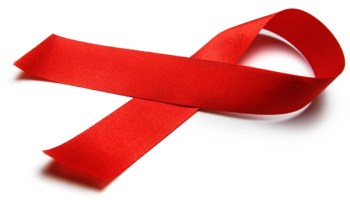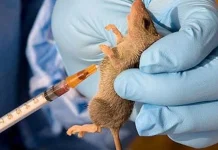Lassa Fever was first discovered in the 1950’s but the cause of the deadly fever was not identified until 1969. It is mainly found in Sierra Leone, Liberia, Guinea, and Nigeria and is spread by rats. Other neighboring countries are also at risk because the type of rat that spreads the virus is also found throughout the West African region. Due to the clinical course of the disease is so variable, detection of the disease in affected patients has been difficult but prompt isolation of affected patients, good infection protection and control practices and rigorous contact tracing can stop outbreaks.
Humans usually become infected with Lassa virus from exposure to urine or faeces of infected Mastomys rats. Lassa virus may also be spread between humans through direct contact with the blood, urine, faeces, or other bodily secretions of a person infected with Lassa fever. There is no epidemiological evidence supporting airborne spread between humans
SIGNS AND SYMPTOMS
The signs and symptoms of Lassa fever commonly happen 1-3 weeks after a person has come into contact with the virus. For most of those with a Lassa fever virus infection; around 80%, symptoms are mild and under-diagnosed. Mild symptoms include: Weakness, Headaches, Slight fever, General malaise, Repeated vomiting, Respiratory distress, Pain in the back, chest and abdomen, Facial swelling
DIAGNOSIS
The symptoms of Lassa fever are varied and non-specific, clinical diagnosis is often difficult, especially early in the course of the disease. Definitive diagnosis requires testing that is available only in specialized laboratories. Laboratory specimens may be hazardous and must be handled with extreme care. Lassa virus infections can only be diagnosed definitively in the laboratory using the following tests:
Antibody enzyme-linked immunosorbent assay (ELISA), Antigen detection tests, Reverse transcriptase polymerase chain reaction (RT-PCR) assay, Virus isolation by cell culture.
TREATMENT/ PREVENTION
‘Ribavirin,’ is an antiviral drug that has been used with success in people affected by Lassa fever in its early stage.
Effective protective measures include:
Storing grain and other foodstuffs in rodent-proof containers, disposing of garbage far from the home, maintaining clean households and keeping cats. Because Mastomys are so abundant in endemic areas, it is not possible to completely eliminate them from the environment. Family members should always be careful to avoid contact with blood and body fluids while caring for sick persons.
Supportive involves maintenance of:
Oxygenation, Blood pressure, Treatment of complicating infections, Appropriate fluid and electrolyte balance.
Lassa fever should be considered in febrile patients travelling across West Africa, especially if they have had exposures in rural areas or hospitals in countries where Lassa fever is known to be endemic.
Health-care workers seeing a patient suspected to have Lassa fever should immediately contact local and national experts for advice and to arrange for laboratory testing.















RT @BizWatchNigeria: How to Protect Yourself Against Lassa Fever – https://t.co/OnVKEpyVPz https://t.co/VOJpMoFCjI
How to Protect Yourself Against Lassa Fever: Lassa Fever was first discovered in the 1950’s but the cause of t… https://t.co/9P9A7e8bNY
How to Protect Yourself Against Lassa Fever: Lassa Fever was first discovered in the 1950’s but the cause of t… https://t.co/WWdlv1Jab8
How to Protect Yourself Against Lassa Fever: Lassa Fever was first discovered in the 1950’s but the cause of t… https://t.co/jhZb34BpFn
How to Protect Yourself Against Lassa Fever: Lassa Fever was first discovered in the 1950’s but the cause of t… https://t.co/svKjypRd1r
How to Protect Yourself Against Lassa Fever: Lassa Fever was first discovered in the 1950’s but the cause of t… https://t.co/INyawtr08u
How to Protect Yourself Against Lassa Fever https://t.co/Qx4oEP7YLO https://t.co/22LPw2oVQ7
RT @BizWatchNigeria: NEW POST: How to Protect Yourself Against #LassaFever https://t.co/FiHw0DMWY6 https://t.co/sf4bpYC5xw
RT @SmileyEvents_: How to Protect Yourself Against Lassa Fever https://t.co/Qx4oEP7YLO https://t.co/22LPw2oVQ7